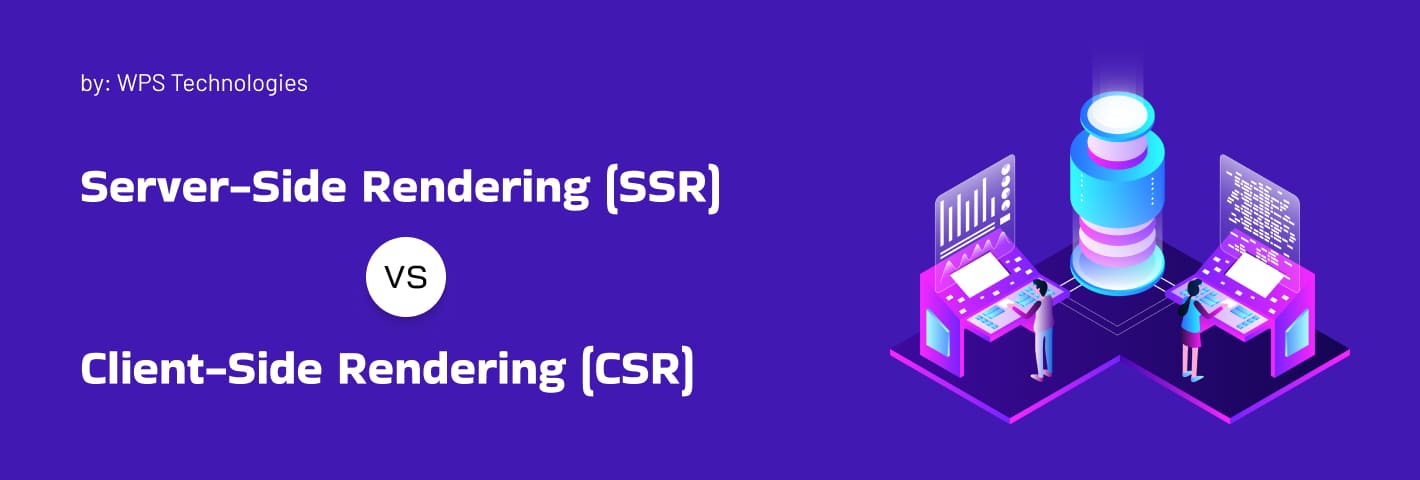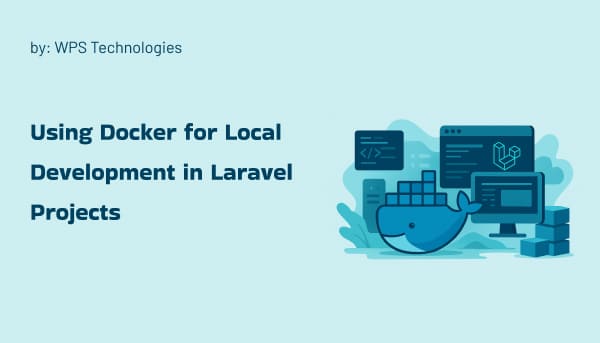
Server-Side Rendering (SSR) vs Client-Side Rendering (CSR)
In modern web development, how your application renders content can greatly impact user experience, page speed, and SEO performance. Two dominant approaches — Server-Side Rendering (SSR) and Client-Side Rendering (CSR) — offer different strengths and trade-offs. This guide will help you understand both, so you can make the right choice for your project.
Understanding Server-Side Rendering (SSR)
Server-Side Rendering (SSR) is a technique where the server generates the full HTML content of a page and sends it to the browser. When a user visits your website, the server processes the request, fetches the necessary data, and delivers a fully-rendered page. The browser simply displays it, which means the user sees meaningful content almost immediately.
SSR is particularly beneficial for websites that rely heavily on SEO, such as blogs, e-commerce platforms, or news websites. Since the content is already rendered when it reaches the browser, search engine crawlers can easily index the page, improving visibility in search results. Users also experience faster initial load times, which reduces bounce rates and enhances overall satisfaction.
However, SSR does come with limitations. Because every request requires the server to render and send a new page, it can increase the server’s workload. Moreover, once the initial page is loaded, further interactions can be slower compared to CSR, unless extra optimization is done. Additionally, SSR setups are usually more complex, often requiring server infrastructure like Node.js.
Understanding Client-Side Rendering (CSR)
On the other hand, Client-Side Rendering (CSR) is a method where the browser receives a basic HTML shell and then uses JavaScript to render the page dynamically. When the user accesses the site, JavaScript fetches content and builds the page on the client’s device.
CSR is ideal for web applications that demand a high level of interactivity, such as single-page applications (SPAs), dashboards, or social media platforms. Once the initial JavaScript is loaded, navigating through the app becomes seamless without full page reloads. This provides a smoother and more app-like experience.
However, CSR also has its challenges. Since content is rendered after JavaScript execution, the initial load time can be longer. This delay might negatively impact users on slow networks or devices, and it can also create difficulties for search engine bots, unless additional techniques like pre-rendering or dynamic rendering are used. CSR also depends entirely on JavaScript, meaning if JS fails or is disabled, the app may not work at all.
Comparing SSR and CSR: Key Differences
The fundamental difference between SSR and CSR lies in where the page content is generated. SSR handles content generation on the server, ensuring that the user receives a ready-to-view page immediately. In contrast, CSR puts the responsibility on the browser, which builds the page dynamically after loading scripts.
SSR tends to deliver better performance for the first page load and is more search engine friendly, making it suitable for public-facing websites. CSR, however, offers a highly interactive user experience and reduces the strain on the server by offloading work to the client’s browser.
The trade-off comes down to priorities: if your focus is SEO and accessibility, SSR has the upper hand. If you’re building a highly interactive product where SEO is not as critical, CSR may be the better choice.
When to Choose SSR or CSR
You should consider Server-Side Rendering when building content-heavy websites that depend on visibility in search engines. This includes blogs, news portals, product landing pages, and online stores. It ensures that your content is delivered fast and is easily discoverable by search engines.
Meanwhile, Client-Side Rendering is a better fit for applications where the user experience depends on real-time interactions, such as social media apps, data-driven dashboards, or SaaS platforms. These applications benefit from the speed and flexibility that CSR offers after the initial load.
Modern Solutions: Hybrid Rendering
In many cases, modern web frameworks like Next.js (for React), Nuxt.js (for Vue), and SvelteKit allow you to combine SSR and CSR in a hybrid approach. This lets developers pre-render critical content on the server for SEO and performance, while still allowing dynamic interactivity on the client side.
This hybrid model provides the best of both worlds: fast load times, SEO-friendly pages, and rich user experiences. You can selectively render some pages using SSR while keeping others entirely client-driven based on your needs.
Conclusion
The choice between Server-Side Rendering and Client-Side Rendering significantly affects how users and search engines interact with your site. SSR ensures faster initial loads and stronger SEO, making it ideal for content-centric websites. CSR empowers dynamic user experiences, suitable for web apps where responsiveness and interactivity are key.
Understanding the strengths and limitations of both rendering strategies enables you to build more effective, scalable, and user-friendly web applications. With modern frameworks offering flexible rendering options, you can now tailor your approach based on the specific demands of each project.


